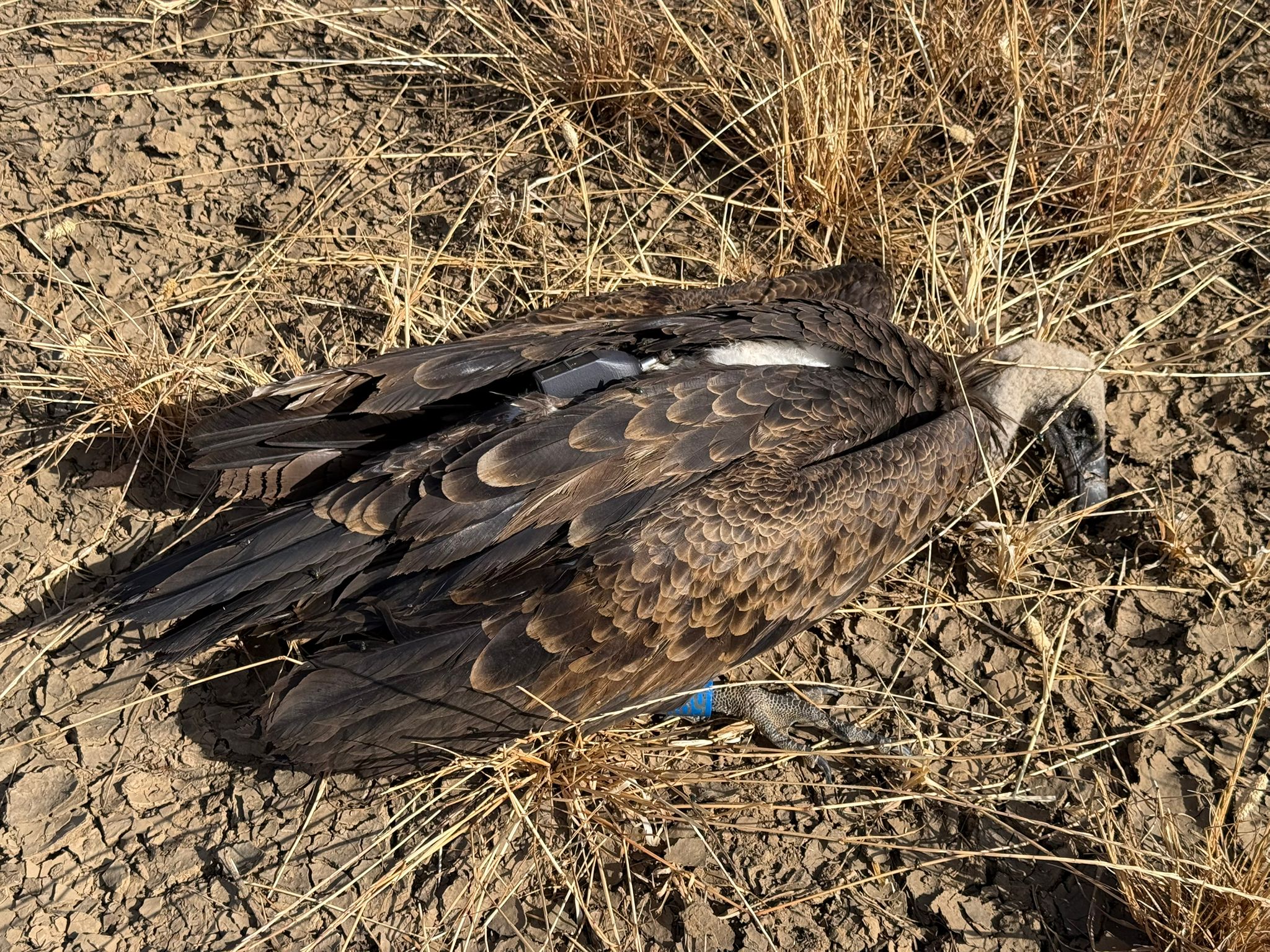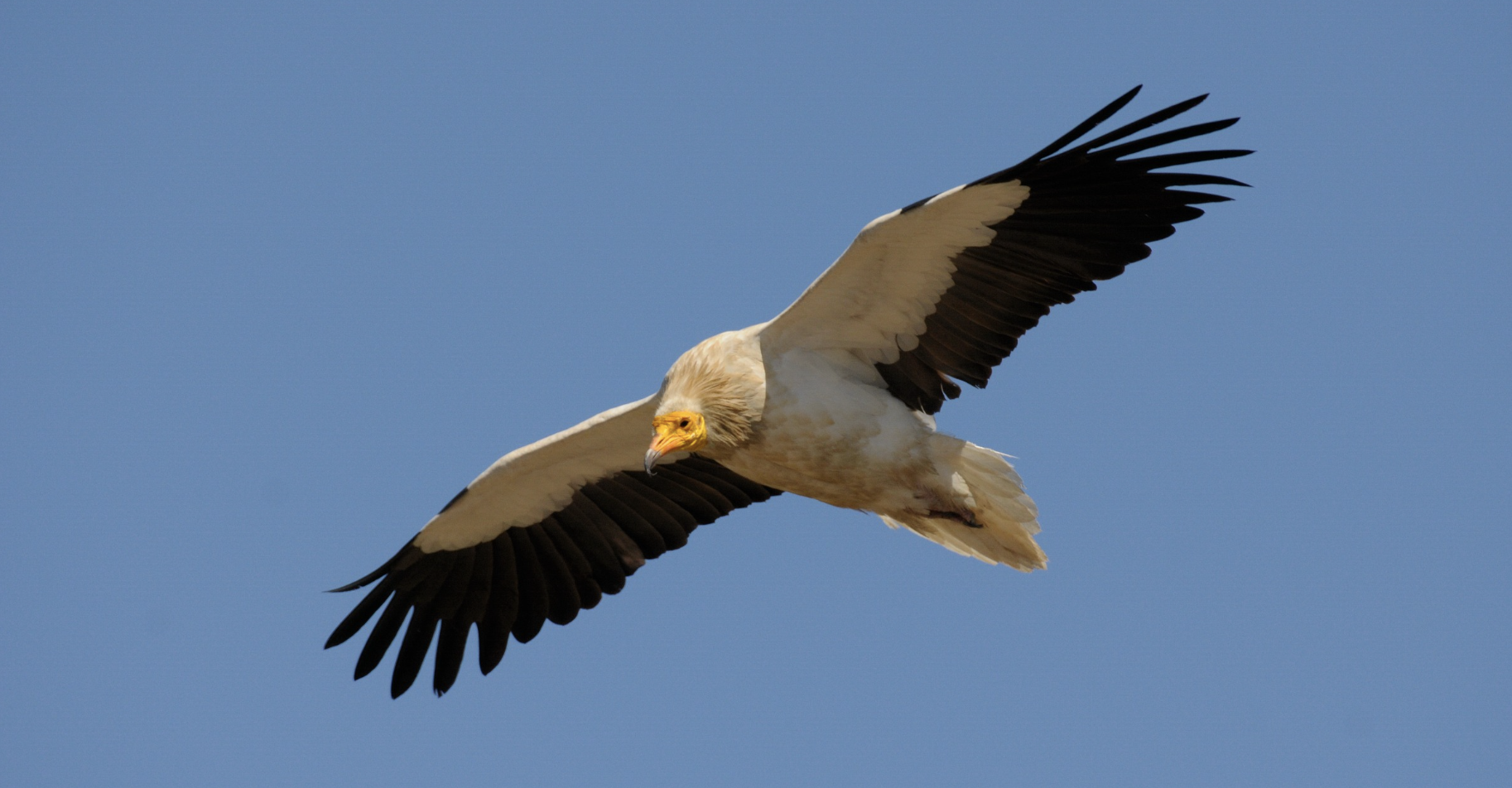As summer fades away, the Egyptian Vultures (Neophron percnopterus) that returned to Europe this year are about to start their autumn migration to Africa. We have been following from close some of the individuals GPS-tagged. How was their summertime? And where are they now?
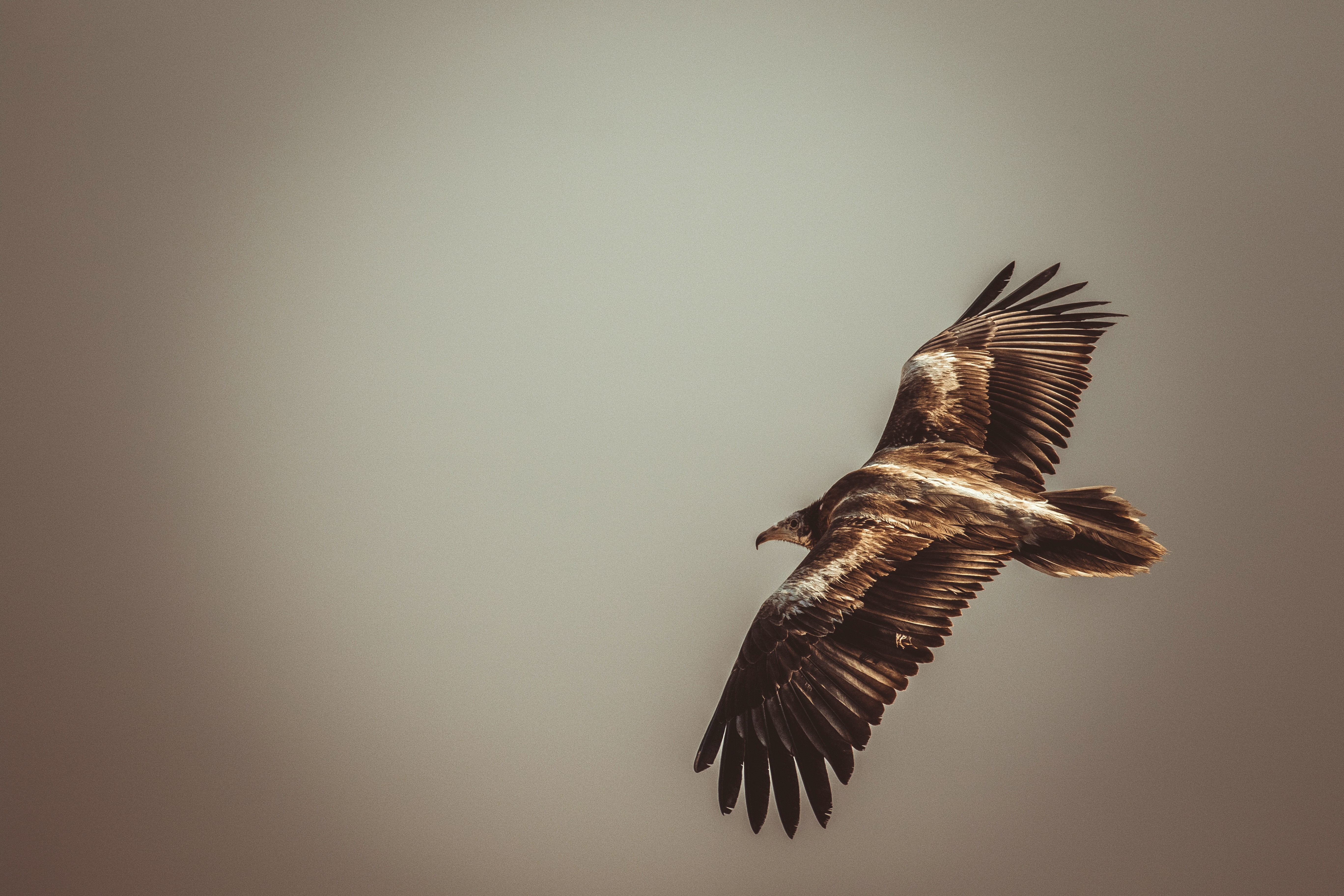
Egyptian Vultures’ Summertime 2023
The Egyptian Vulture is Europe’s only long-distance migratory vulture. Although the subpopulations that inhabit islands (Mediterranean and Macaronesia) are sedentary and some individuals regularly winter in Extremadura, most of their counterparts endure long journeys of thousands of km twice a year. In spring, they choose European rocky cliffs to breed and spend summer rearing their chicks or exploring around. As autumn approaches, they start heading south to winter in Sub-Saharan African countries. Some individuals can cover distances of almost 11,000 km during their migration.
Four of the seven individuals we monitor at the Vulture Conservation Foundation have enjoyed summertime in Europe. We could not confirm any breeding attempts; some are even too young to breed. As for the birds tagged in Italy, one is breeding and two are still in Africa and haven’t yet started their annual migration cycle.
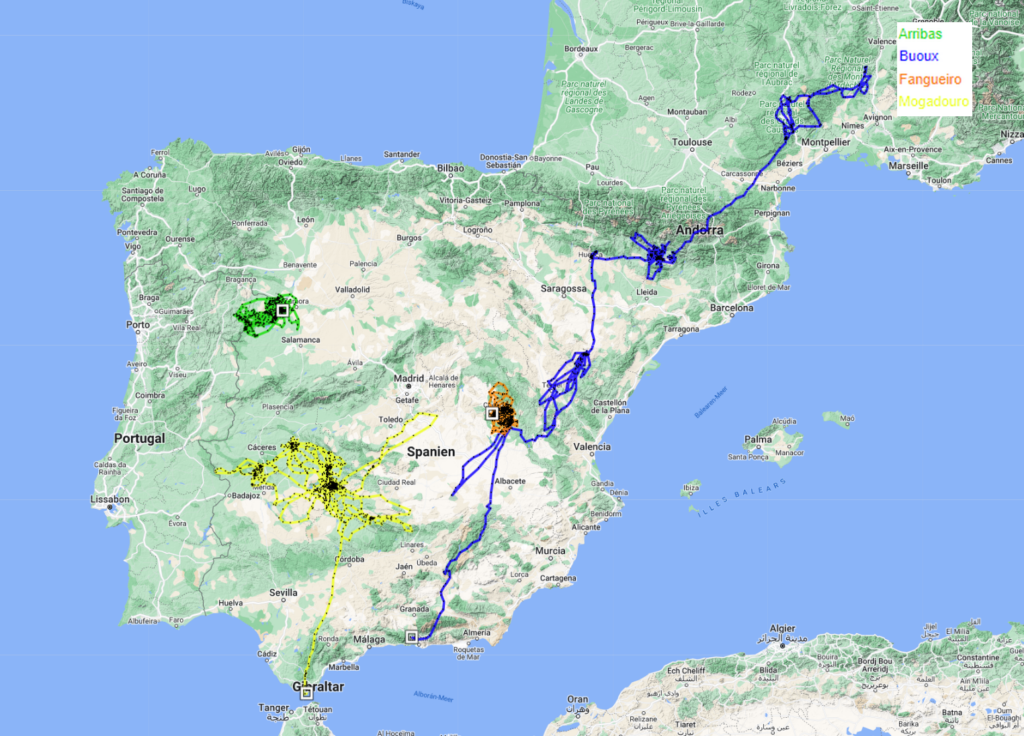
Buoux, the intrepid explorer
The Egyptian Vulture Buoux was the most venturous of all: it moved almost 10,000 km over the last two months (this impressive number excludes the distance she covered during migration and arrival to Verdon). Buoux had a difficult start in life, hatched in Baronnies back in 2018 and needed rescuing only one week after fledging. Following its rehabilitation and release in March 2018 in France, Buoux collided with a cable and broke its wing in Spain two months later. The second rehabilitation was longer: it was only released back in the wild in early May 2020. Since then, Buoux has carried out incredible travels, probably as compensating for the time spent indoors in rescue centres.
Buoux visited the French Alps in Verdon this summer, explored the Massif Central, and crossed the Pyrenees to Spain. After a small injury close to Lleida (was his bad luck back?), Buoux continued moving towards the south, crossing the provinces of Valencia and Castilla-La-Mancha. It is currently in Andalusia, on his way to the Gibraltar Strait, where it will be closer to reaching his destination: sub-Saharan Africa.

Mogadouro, is he already in Africa?
Egyptian Vulture Mogadouro is also on his way to Africa. At the time you’re reading this, he might have already crossed the Gibraltar Strait. Mogadouro fledged in the wild in 2021 and was found in Northeastern Portugal in a weak state, close to the village Mogadouro (that inspired his name). After recovery, he was transported to Spain to be released in a potential wintering site, as it was too late in the season to start his migration. Against all the odds, he crossed to Africa in November 2021 and only returned to Europe this spring, in March 2023. Most of his summertime was spent in Extremadura, Spain, but he made some incursions during his stay to the Portuguese border, south Madrid and northeast Andalusia.
Arribas and Fangueiro are going local
Arribas and Fangueiro share similar preferences regarding dispersing during the summer months. Upon their return to Europe with the arrival of spring, they had a more localised pattern of movement over the past two months compared to their counterparts, who have covered more considerable distances. Arribas, fledged in 2019, and Fangueiro, fledged in 2020, were both tagged within the LIFE Rupis project. Arribas stood in the area of the Douro International Nature Park in Portugal, whilst Fangueiro chose another nature park to rest in Spain, Parque Naturel de la Serrania de Cuenca.

Fangueiro hatched in the wild and was found in northwestern Portugal in poor health condition in November 2019. A possible episode of extreme hunger in the nest affected his feathers’ growth, resulting in malformed and faulty feathers that would compromise his flying abilities. He got a set of new feathers (by impingement) at the recovery centre at Universidade de Trás-os-Montes e Alto Douro (UTAD) and returned to the wild in July 2020.
Two Egyptian Vultures tagged in Italy are still in Africa
Gabriel and Pablo, both tagged in Italy, migrated to Africa on their first winter and have yet to return to Europe. Juveniles usually stay in Africa for at least 18 months (sometimes longer) before returning to their natal origins in Europe in spring.
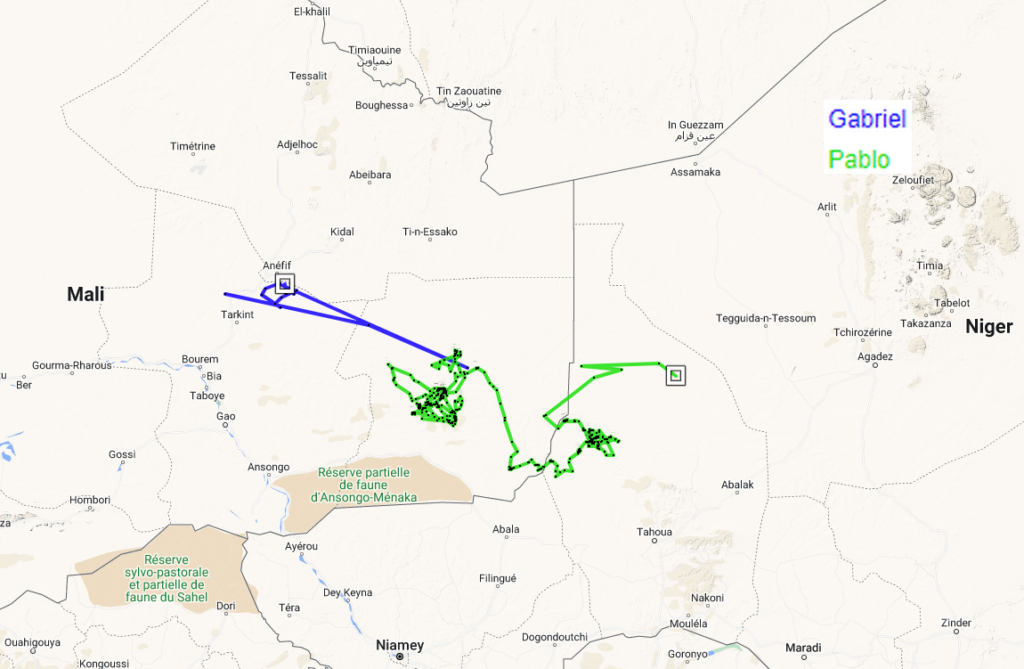
This season, though, there is good news for the “Critically Endangered” Egyptian Vulture population in Italy, as the pair that bred in Sardinia in 2020 made it successfully again this year! Although there is no historical record of the species breeding on the Italian island, LIFE Safe for Vultures’ conservation actions to improve the Griffon Vulture population are benefiting the establishment of this Egyptian Vulture pair.
You can follow the maps of other tagged Egyptian Vultures on our dedicated page:
https://4vultures.org/our-work/monitoring/egyptian-vulture-maps/

